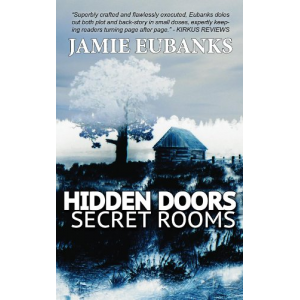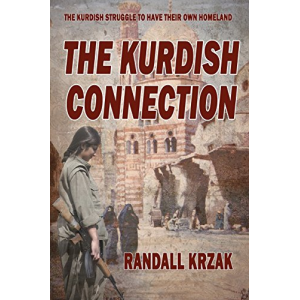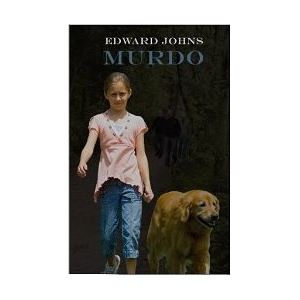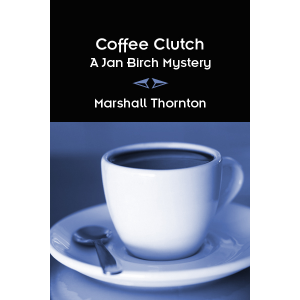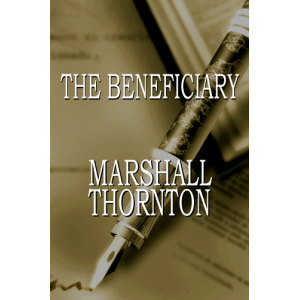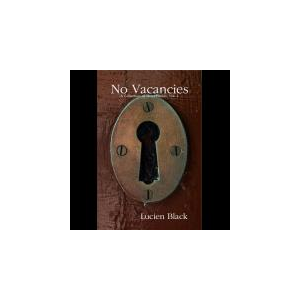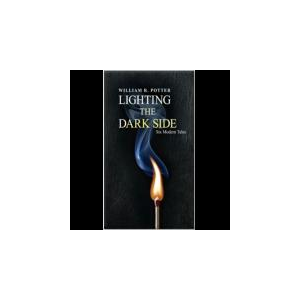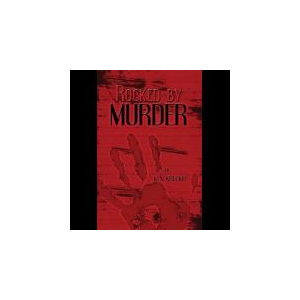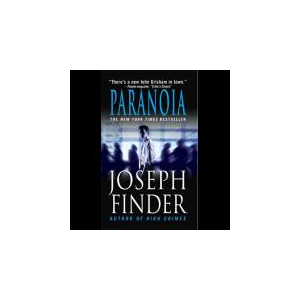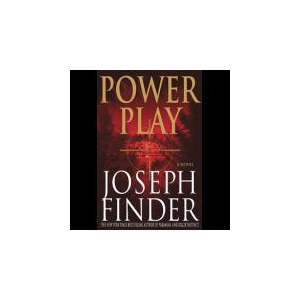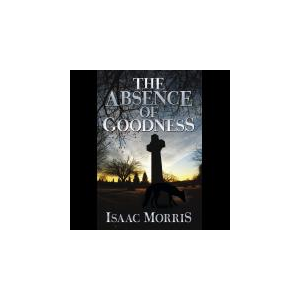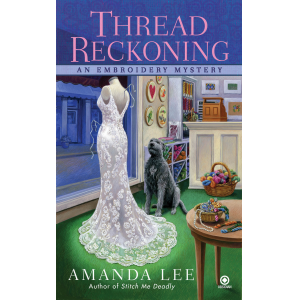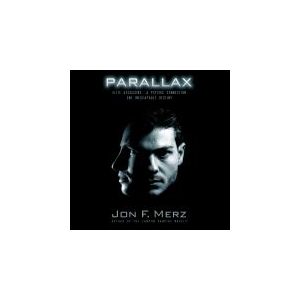Bye, Bye Miss American Pie
Introduction
“Long, long time ago I can stillremember how that music used to make me smile.”
WhenDon McLean wrote this first line of his epic anthem “American Pie” in 1971 hewas referring to the music he’d grown up listening to in the fifties, inparticular rock ‘n’ roll artists like Buddy Holly. So when Buddy and fellowrockers, Big Bopper and Ritchie Valens were killed in a plane crash in ‘59, Don,who was then a young paperboy, could be forgiven for thinking that this rebelliousmusic had literally died with them. Althoughrock ‘n’ roll never would fade away and later morphed into a myriad of otherforms of rock, by the early sixties it had made way for a new generation offolk/protest singer/songwriters, some of whom were following in the footstepsof Woody Guthrie and Pete Seeger and the Weavers. A slightly older Don seemedimpressed by what he was now hearing and would soon take to learning acousticguitar and writing his own material.
Bythe early sixties, the times were definitely a changing in America, especially given the ongoing battle forcivil rights and the street protests against the escalation of US involvement in Vietnam. These two movements soonspawned a whole generation of young activists, black and white, and manysongwriters, inspired by what they were witnessing, were soon to put pen topaper. Artists like Sam Cooke, Nina Simone, Bob Dylan, Phil Ochs, Pete Seegerand Joan Baez were to write material of such poignancy, their songs would cometo define those turbulent times. And following on from them were the rockbands, the Grateful Dead, Jefferson Airplane, the Byrds and the Doors, creatingalbums of songs that would come to represent sixties counter culture.
Inhomage to these great artists and songwriters this book is not divided intochapters but rather charts the history of America from 1950-1975 via twentyeight tracks on a jukebox, many of which have achieved iconic status inreflecting the political, social and cultural upheavals of the period. Eventssuch as the Korean War, the attempted invasion of Cubavia the disastrous Bay of Pigs and the ensuingMissile crisis that brought the world to within a hairs breadth of nuclearannihilation are all covered in great detail mainly using eyewitness accountsand quotes from those involved. And later on there were the triple crucifixionsof the Kennedy brothers and Martin Luther King, the escalation of the conflictin S E Asia and the Watergate scandal, all of which are also well documented.But what makes this book different is that it also details America’s covert wars against its own people,the civil rights and anti-war movements and operations on foreign shoresagainst those deemed dangerous to US interests.
Forinstance there was the Phoenix Program, under which the CIA trained andsponsored death squads to kidnap, imprison and torture those Vietnamesesupposedly loyal to Ho Chi Minh, a cynical modus operandi that would inevitablylead to atrocities by US troops on villages, like Mai Lai.
Andcontinuing the theme of black and white united in the fight for a better lifefor all Americans, the period was to produce two outstanding politicians, JohnFitzgerald Kennedy and Martin Luther King, who because of their outspokenopposition to the prevailing conservative climate came to be regarded as athreat to the status quo. After researching both their deaths for severalyears, I, like many around the world, am convinced they were killed as a resultof conspiracies involving the more reactionary elements of US society.Among these many groups were two extremely violent home grown terroristorganisations, the Ku Klux Klan and the Mafia, both of which had been allowedto flourish virtually unchallenged before and after the Second World War.
Butif the fight for civil rights had been divisive in the early part of thedecade, by the late sixties it was the conflict in Vietnamthat was tearing Americaapart. The sickening violence that young people were witnessing on their TVscreens, atrocities on the civilian population by both sides in the conflict,was soon to spill over into the streets of America’s cities as young peopleused the bloodbath in Nam to excuse their own excesses in protesting theirrevulsion at war crimes being perpetrated in their name.
Thepowers that be were becoming increasingly alarmed at the potential for violentrevolution, especially as it appeared that left wing black activists and whiteanti-war protestors were joining forces, and the establishment becameincreasingly prepared to counter the threat by any means necessary, legal orotherwise. We now know that the FBI, CIA and Military Intelligence were allinvolved in an orchestrated campaign to destroy the anti-war and blackliberation movements using such tactics as burglary, sabotage, wiretaps,surveillance and the use of agents provocateur to encourage open warfarebetween the various groups, inevitably leading to murder and mayhem.
Itis my belief that Dr. King was killed by these same forces, not because of hisfight for civil rights, as they had been enshrined in law in ‘64, but becauseof his support for an economic bill of rights and his outspoken opposition tothe Vietnam War, in which a disproportionate amount of young black men werefighting and dying. It is surely no coincidence that he was shot dead only amatter of weeks before he was due to lead a massive March on Washingtonto call for redistribution of wealth in America.
Psychedelicor hard rock, the music of choice for counter culture babyboomers, was alsoperceived as a threat, especially given its power to assemble large numbers ofyoung people at rock festivals such as Monterey,Woodstock and Altamont.But paradoxically, LSD, the drug of choice of “the generation lost in space”was encouraged by some, to presumably negate the more politically activeelements of the hippy movement. And it obviously worked because by the latesixties, Timothy Leary’s message of “turn on, tune in and drop out” had become“turn up, tune in and cop out.”
Butif the young paperboy assumed “the day the music died” was in the February of ‘59 with the plane crashthat claimed the lives of Buddy, Big Bopper and Ritchie Valens then a decadelater, another trio of corpses would convince the hippy generation that theirmusic had also perished. The loss of Jimi Hendrix, Janis Joplin and JimMorrison was to prove equally devastating to the history of rock as thenarcotic excesses of the period, precipitated this collective plane crashwaiting to happen, as some cynics would describe their demise.
Butby the early seventies even the more conservative parents had to admit theiroffspring had every reason to be cynical about the body politic in America, especially after Watergate exposed thedomestic abuses of power that had occurred during Nixon’s reign and the spreadingof the war in SE Asia to Cambodiaand Laos.But it would soon transpire that Tricky Dicky had not been alone in deceivingthe American public when it was revealed that under President Johnson the warin Vietnam had beendeliberately escalated by Military Intelligence via the manufactured Gulf of Tonkin incident.
Butif there was one event that was to cast doubt on who was really running America, andwhether they were accountable to the law of the land, it was the assassinationof President Kennedy. No other event in history [until 9/11 recently] has ledto such soul searching as to why and how this blatant act of terrorism couldhave been perpetrated in the streets of Dallasin broad daylight. And I, like most Americans, and the vast majority of therest of the World, do not believe Lee Harvey Oswald acted alone, and that JFK’Smurder was a conspiracy involving possibly rogue elements within the CIA/Mafia,who proceeded to set Oswald up to take the rap. Why do I group these twoorganisations together? Because they themselves joined forces to attempt to murder Fidel Castro. Even the CIAnow admits that they had to enlist the help of the professional killers toassassinate the Cuban leader, as their men obviously weren’t up to the job. Andit was this marriage of convenience between these two groups that was to leaddirectly to the death of the President, his brother and a whole host of otherterrorist atrocities.
Afterthe assassination of JFK in 1963 the Warren Commission was convened toinvestigate. And even though one of the men on the Committee was ex-CIA chiefAllen Dulles, who’d been sacked by Kennedy only two years before over hisincompetent handling of the invasion of Cubaat the Bay of Pigs, the Agency still managedto keep the attempts on Castro’s life and other key information from theCommission.
Sothey were not made aware at the time of the CIA’s attempts to kill Castro,their links to the Mafia, nor the man who shot Lee Harvey Oswald dead, JackRuby, and his mobster connections. We now know Ruby was invited to Cuba on atleast one occasion to meet with mobster and casino owner Lewis McWillie, a manwho was later involved in Mafia plots to eliminate Castro. And in anotheraffront to the Commission’s credibility, their final report stated Ruby had nolinks to organised crime, even though one of his so called friends making thatstatement turned out to be Dave Yarras, a Mafia hitman. Their final reportpredictably concluded that neither Oswald nor Ruby was part of a conspiracy tokill Kennedy and therefore Oswald acted alone.
Howeverthe majority of the American public was not taken in by their findings andvarious Senate Committees were convened in the mid-seventies to launch furtherinvestigations. It was then discovered that CIA chief Richard Helms hadcommitted perjury when he told the Warren Commission that the Agency had noknowledge of, or contact with, Lee Harvey Oswald before Kennedy’sassassination. We now know the CIA held a 201 file on Oswald that was severalyears old and an elitist, unaccountable group within the Agency known as theSpecial Affairs Staff (SAS) was monitoring his movements. And it’s also highlylikely that, as he was an ex-marine, US Naval Intelligence also held a file onhim.
TheCIA continued to be unhelpful throughout the decades and have sought tofrustrate any ongoing investigations into the assassination, so much so thatthe Chairman of one committee, G R Blakey, was moved to comment,
“Inow no longer believe anything the Agency told the committee any further than Ican obtain substantial corroboration for it from outside the Agency for itsveracity. We now know that the Agency withheld from the Warren Commission.
Wealso now know that the Agency set up a process that could only have beendesigned to frustrate the ability of the committee in 1976-79 to obtain anyinformation that might adversely affect the Agency. Many have told me that theculture of the Agency is one of prevarication and dissimulation and that youcannot trust it or its people. Period. End of story. I am now in that camp.”
Hethen went further, accusing the keeper of the CIA files on the assassination,George Joannides, of having played a part in Kennedy’s death. And it wouldappear from the evidence he had good reason. In the months leading up to theshooting, the CIA was fronting a militant anti-Castro group known as the DRE,an organisation that Psychological Operations expert, Joannides, was theliaison officer for. Several witnesses testified to seeing Oswald, or someonevery much like him, attending DRE meetings shortly before the assassination.And Oswalds’ links to the CIA don’t end there.
Beforehe died, Joannides’s colleague and fellow psyops expert, David Atlee Phillips,left a manuscript intimating that Oswald was being used by them in a plot tokill Castro. He then went on to say that someone or some group turned themission round and Kennedy was assassinated instead. But he didn’t identify theperpetrators.
Becauseof his secretive psyops role for the CIA, Phillips was known to use manyaliases, one of which was believed to be Maurice Bishop. Tony Veciana, leaderof the anti-Castro terrorist group known as Alpha 66 testified to his CIAliaison officer having that name, and his description of him matched that ofDavid Atlee Phillips. He stated that he had seen Bishop in the company of LeeHarvey Oswald on several occasions.
Butnumber one suspect in any conspiracy to kill Kennedy has to be Fidel Castro.Secret Agents of his, G2, were known to have infiltrated anti-Castro groups in Miami and may well havegot wind of a plot to kill their leader, which they then turned round. SoOswald could well have been working both sides of the fence. However Kennedywas also hated by elements within the CIA/Mafia who could also haveorchestrated the “hit” or at the very least turned a blind eye.
TheCIA refers to its innermost secrets as the “family jewels.” Is this the “jewelin the crown,” the CIA won’t disclose? It is high time they, the FBI and USNaval Intelligence came clean about their links to Oswald and the rolepsychological warfare experts, David Atlee Phillips and George Joannides allegedlyplayed in manipulating him. In the meantime read my book “Bye Bye Miss AmericanPie” which is a novel based around the major socio/political events of thefifties and sixties.
Goto www.playitagainunclesam.com

